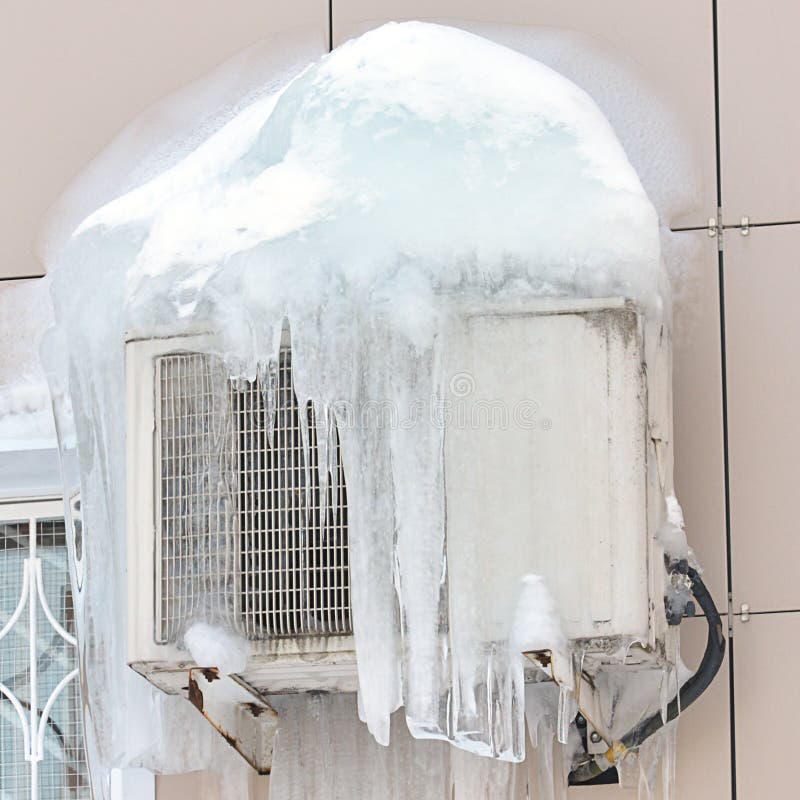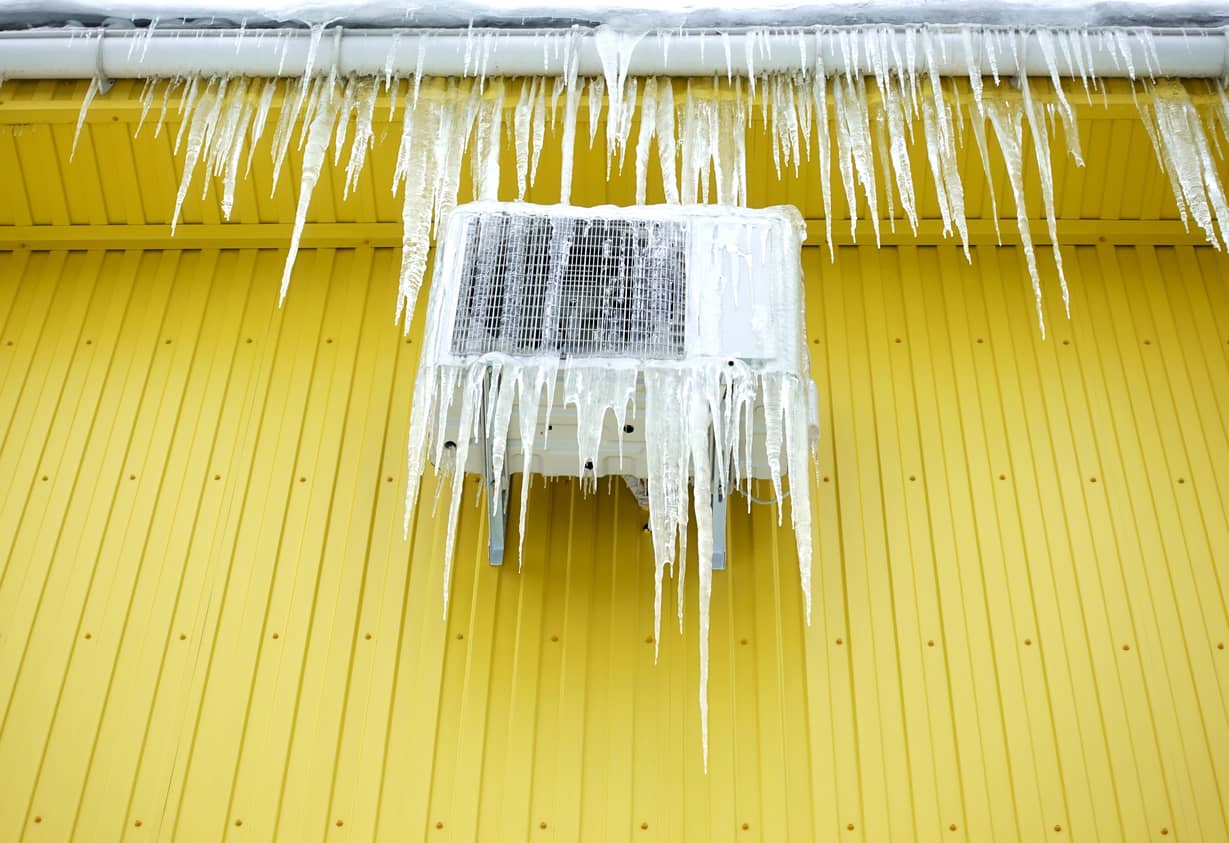Presented here in the next paragraph you'll find lots of worthwhile additional info related to What Causes AC Pipes To Freeze?.

Intro
Finding that your air conditioning pipe is iced up can be concerning, specifically during warm summer season when you rely upon your air conditioning unit one of the most. Understanding what to do in such a circumstance is important to prevent additional damages to your cooling system and ensure your convenience inside.
Recognizing the Causes
Numerous elements can add to the freezing of an air conditioning pipeline. Comprehending these causes can help you address the problem successfully.
Lack of Airflow
One typical reason for a frozen AC pipeline is inadequate air movement. When the air movement over the evaporator coil is limited, it can trigger the coil to drop below freezing temperature, resulting in ice development on the pipeline.
Reduced Refrigerant Levels
Insufficient refrigerant degrees in your air conditioner system can additionally lead to a frozen pipeline. Low cooling agent degrees can trigger the pressure in the system to go down, resulting in the freezing of dampness on the evaporator coil.
Cold Weather Conditions
In colder environments, freezing temperature levels outside can contribute to the freezing of AC pipelines. If your air conditioning device is not correctly shielded or if there are leaks in the ductwork, chilly air can infiltrate the system, triggering the pipe to ice up.
Dirty Air Filters
Dirty or stopped up air filters can limit air flow in your air conditioner system, resulting in various problems, consisting of a frozen pipeline. It's vital to change or cleanse your air filterings system routinely to ensure proper air movement and protect against ice build-up.
Indications of a Frozen A/c Pipe
Acknowledging the indicators of a frozen AC pipeline is essential for prompt activity.
Reduced Airflow
If you observe a considerable reduction in airflow from your vents, it could indicate a frozen pipeline.
Ice Buildup on the Pipe
Noticeable ice buildup on the refrigerant line or the evaporator coil is a clear sign of a frozen a/c pipe.
Unusual Sounds from the Unit
Uncommon audios, such as hissing or gurgling, coming from your air conditioning system can signal that there's ice existing on the pipeline.
Immediate Actions to Take
When faced with an icy AC pipe, it's necessary to act rapidly to avoid more damage to your cooling system.
Shutting off the air conditioning
The very first step is to shut off your a/c to stop the system from running and exacerbating the concern.
Checking for Blockages
Inspect the area around the interior system for any kind of blockages that may be obstructing airflow, such as furnishings or drapes.
Defrosting the Pipe
You can utilize mild methods like putting towels soaked in cozy water around the frozen pipe to assist thaw it slowly.
Safety nets
Taking preventive measures can help stay clear of future occurrences of an icy air conditioning pipe.
When DIY Methods Fail
If your efforts to thaw the pipe or address other problems are unsuccessful, it's time to call in an expert.
Relevance of Hiring a Professional HVAC Technician
A licensed HVAC specialist has the know-how and tools needed to diagnose and repair problems with your a/c system safely and efficiently.
Regular Maintenance Checks
Set up normal upkeep contact a professional HVAC professional to ensure that your air conditioning system is running efficiently.
Transforming Air Filters
Frequently replace or clean your air filters to stop airflow restrictions and preserve optimum efficiency.
Insulating Exposed Pipes
If your AC pipelines are exposed to chilly temperature levels, take into consideration protecting them to prevent cold throughout winter months.
Looking For Professional Help
If DIY approaches fall short to settle the issue or if you're uncertain concerning just how to proceed, it's best to seek help from a certified HVAC technician.
Conclusion
Handling an icy a/c pipeline can be a frustrating experience, yet recognizing just how to respond can aid lessen damages and recover comfort to your home. By comprehending the causes, identifying the signs, and taking punctual activity, you can successfully attend to the concern and stop future incidents.
What to Do If Your AC Line Is Frozen
Make Sure All Supply and Return Air Vents Are Open
If you notice problems with airflow, the first thing you should do is check your supply and return vents. Supply vents distribute clean, conditioned air throughout your home. As this air becomes stale, it’s pulled into the return vent, where it’s reconditioned before being sent back out through the supply vent.
When these vents are closed, air won’t flow in the home. Before examining your AC, check the vents in every room and ensure they’re all open.
Check for a Dirty Air Filter
Another possible cause of limited airflow is a dirty air filter. Your air conditioner’s filters catch elements you don’t want to breathe in, such as dirt and dust. Over time, filters can become clogged, ultimately blocking air from flowing in and out. The lack of airflow can then cause the entire coil to freeze and will completely restrict any air from moving through it. The AC may need to be powered off for one to two days to allow the coil to thaw after replacing the filter to allow proper functioning of the unit. This debris can also accumulate on your AC’s evaporator coil, requiring a more serious repair. In general, air filters should be cleaned regularly (about every two weeks).
Assess Your Outdoor Unit
In addition to checking your AC, assessing the outdoor unit is a good idea. Also known as the condensing unit, it works with your interior unit to release heat outside. An issue with the outdoor unit can result in rising internal temperatures.
Overgrown Shrubs or Clogged Leaves
From leaves and twigs to shrubs and debris, there’s no shortage of outdoor elements that can accumulate around your condensing unit. When these elements get lodged inside the unit, they can block airflow. Fortunately, removing the blockage can solve the problem.
Sounds of a Broken Fan
Shrubs and leaves aren’t the only things that can impede your outdoor unit’s airflow. If the fan is broken, the unit won’t be able to properly get rid of heat — which means the internal temperature won’t go down. First, make sure the fan is spinning. If it is, check for the following sounds of a broken fan:
Buzzing Rattling Screeching Hissing Clicking Preventative Measures
Nobody wants to deal with a frozen AC line. In addition to causing problems with your air conditioner, they require professional repairs. On the bright side, there are preventative measures you can take to help ensure this issue doesn’t arise in the first place.
https://www.coopergreenteam.com/blog/what-to-do-if-ac-line-frozen

As a person who reads on Have a Frozen AC Line? Here’s How to Fix It, I assumed sharing that excerpt was worth the trouble. So long as you liked our blog posting please remember to pass it around. Thanks so much for your time spent reading it.
Call Today